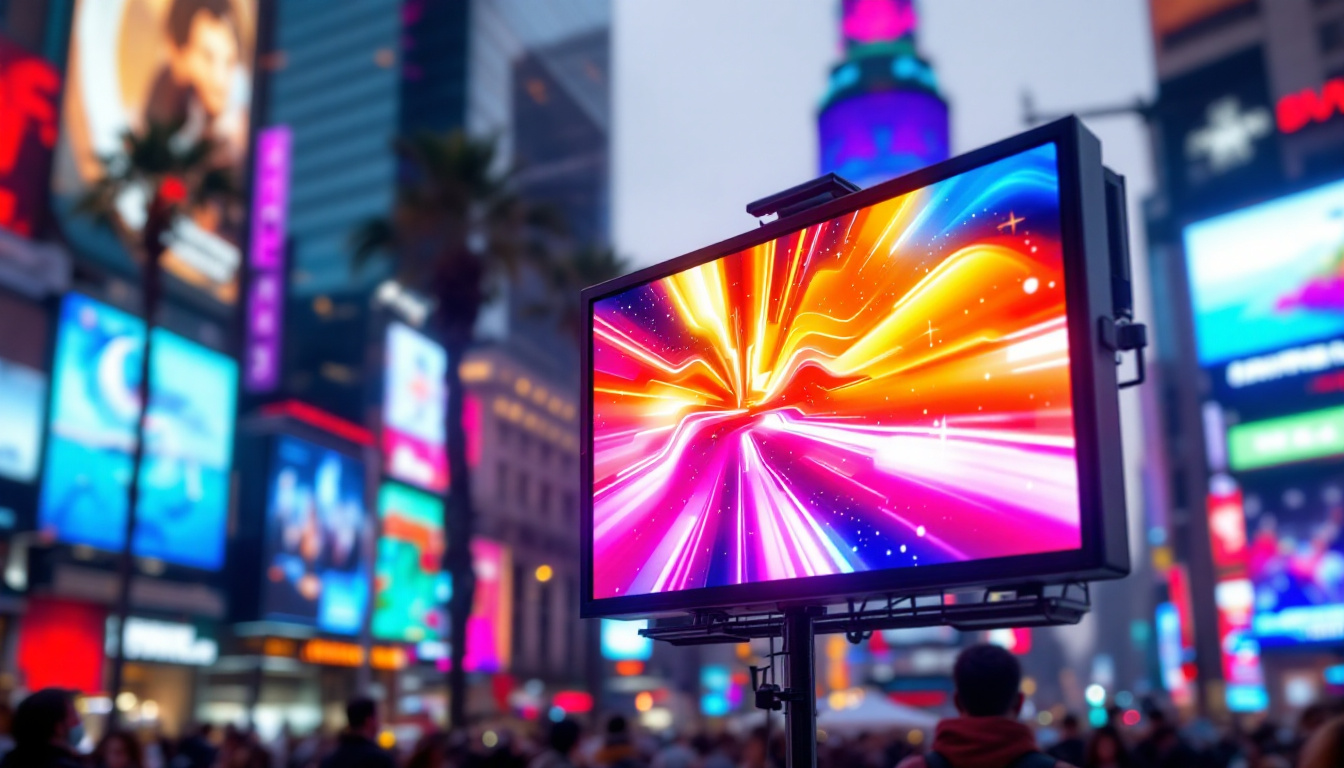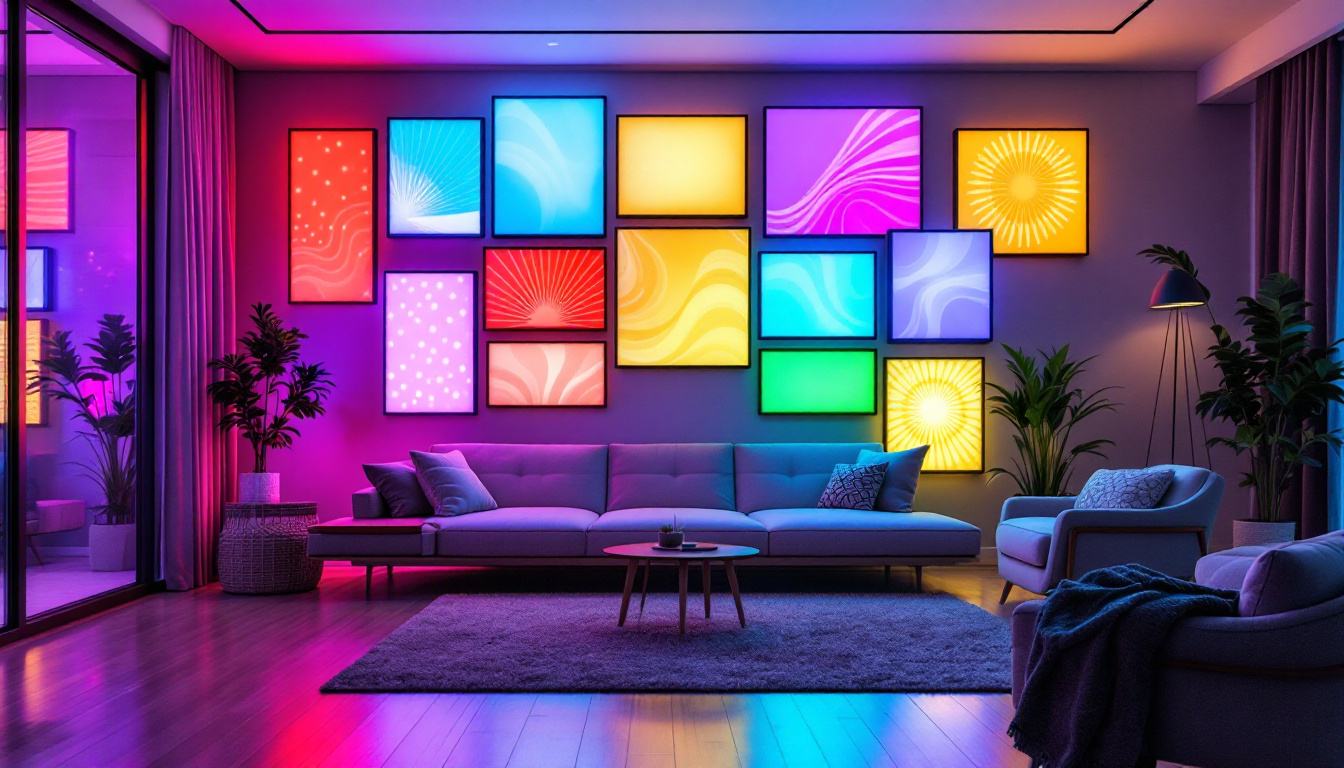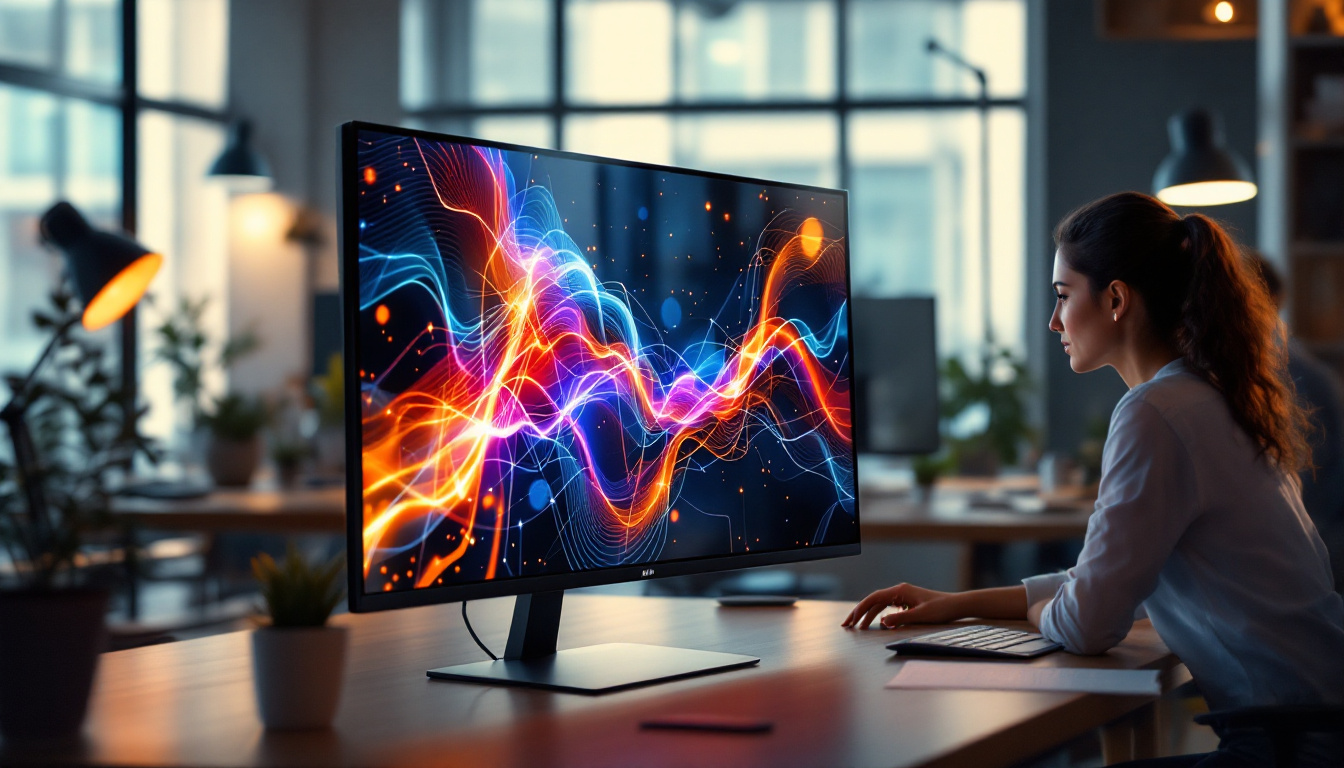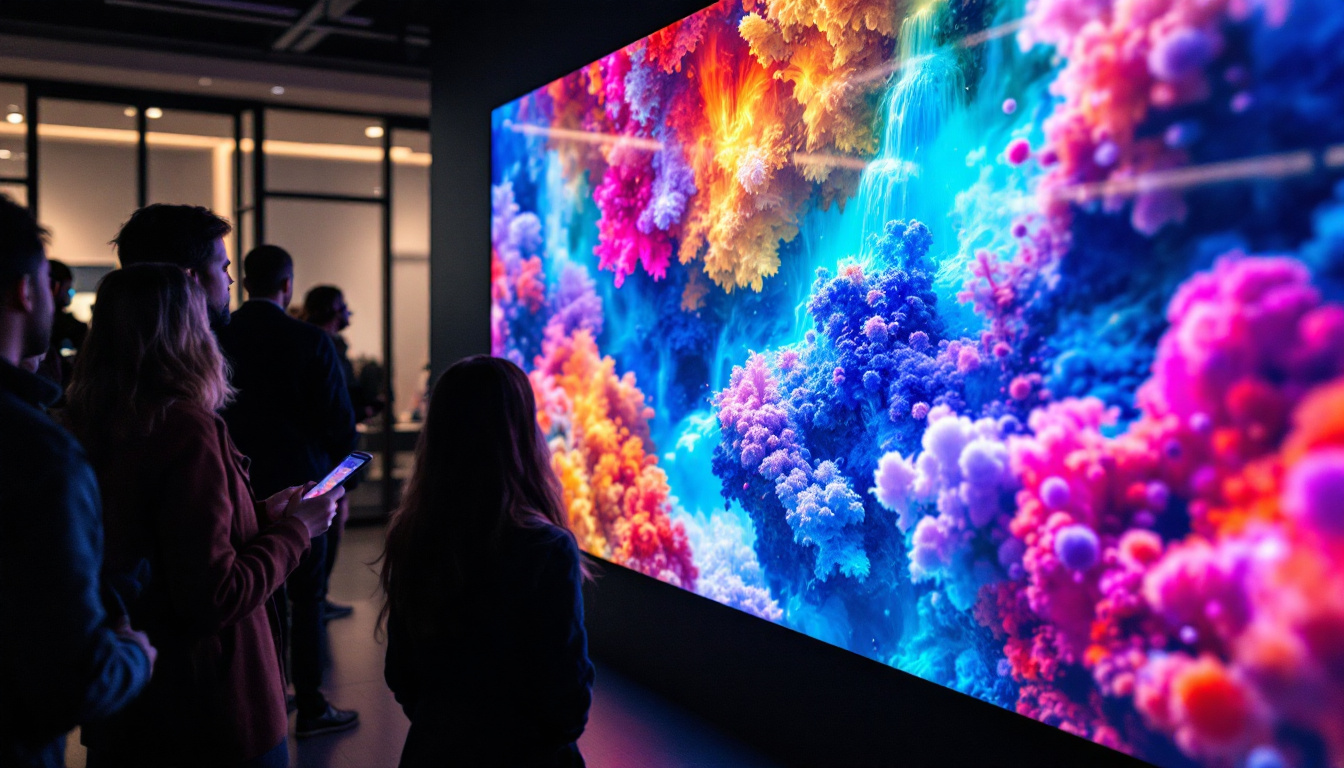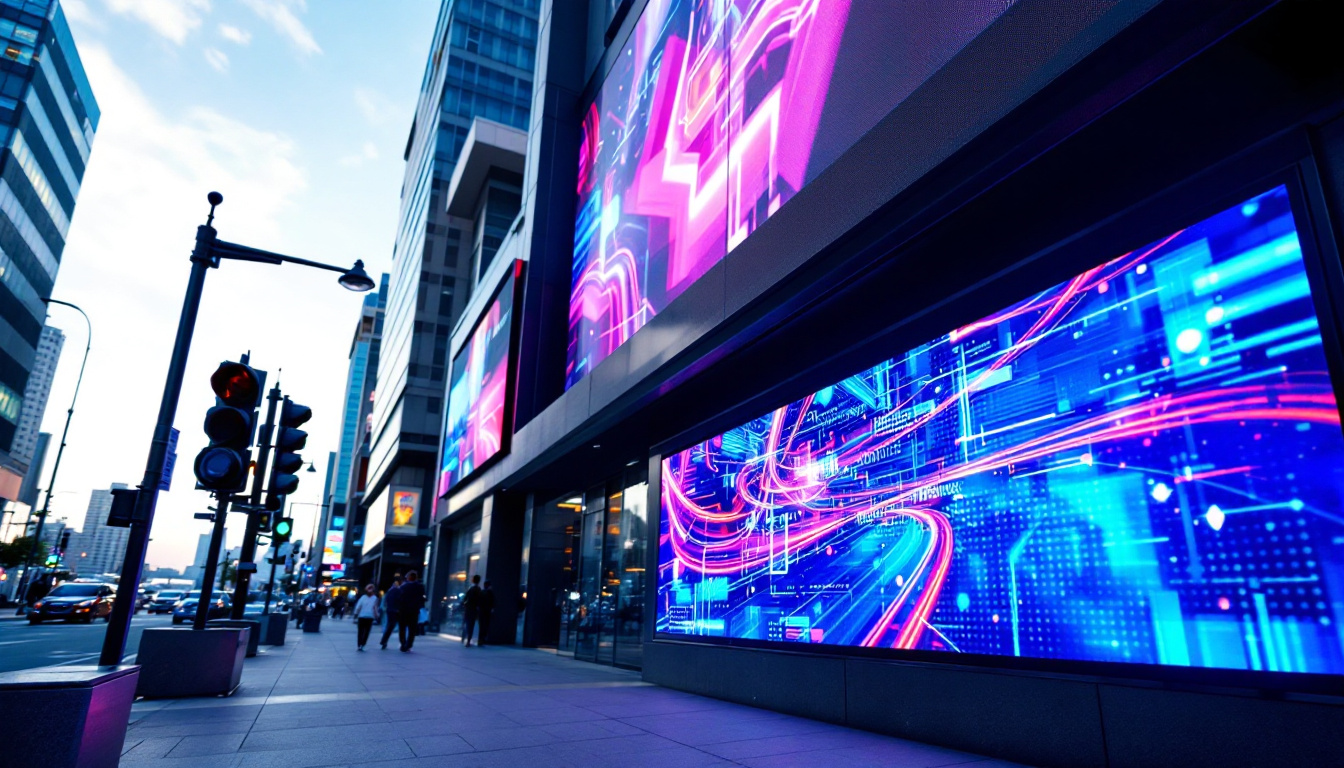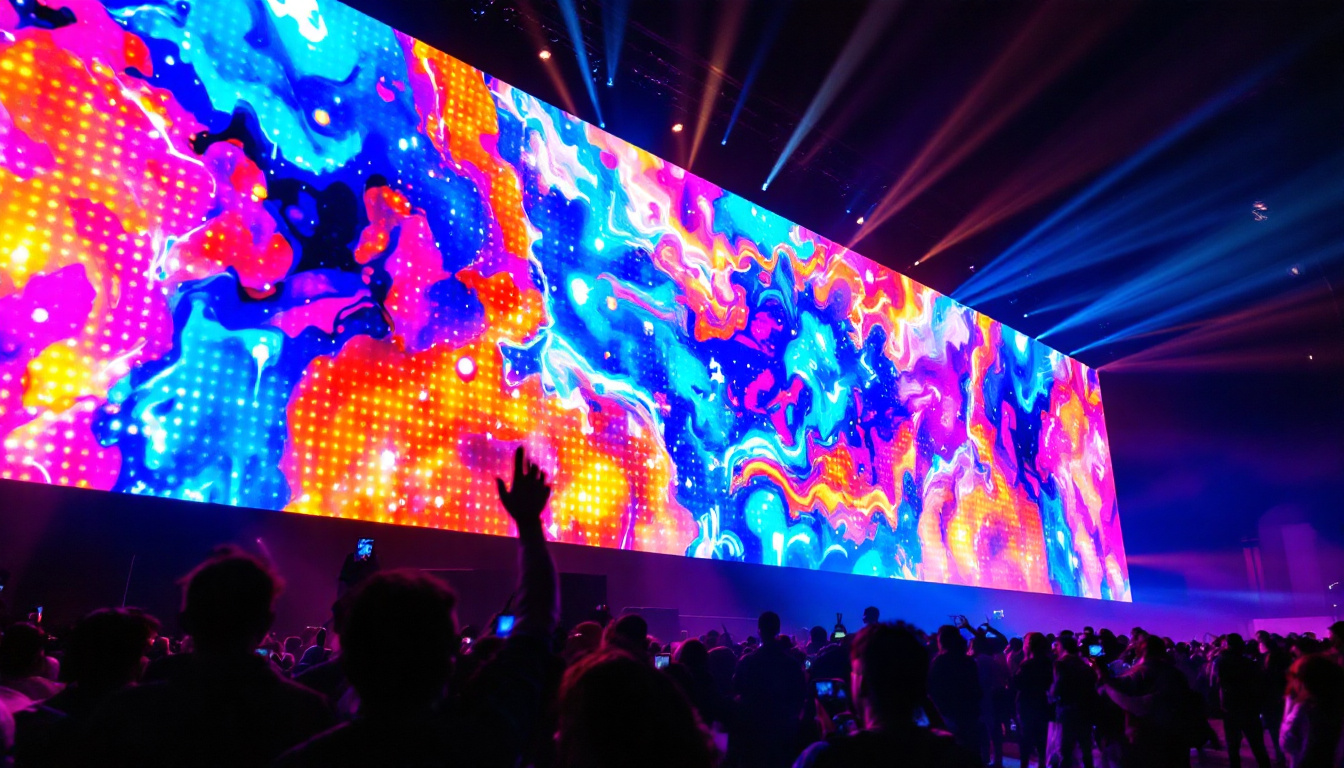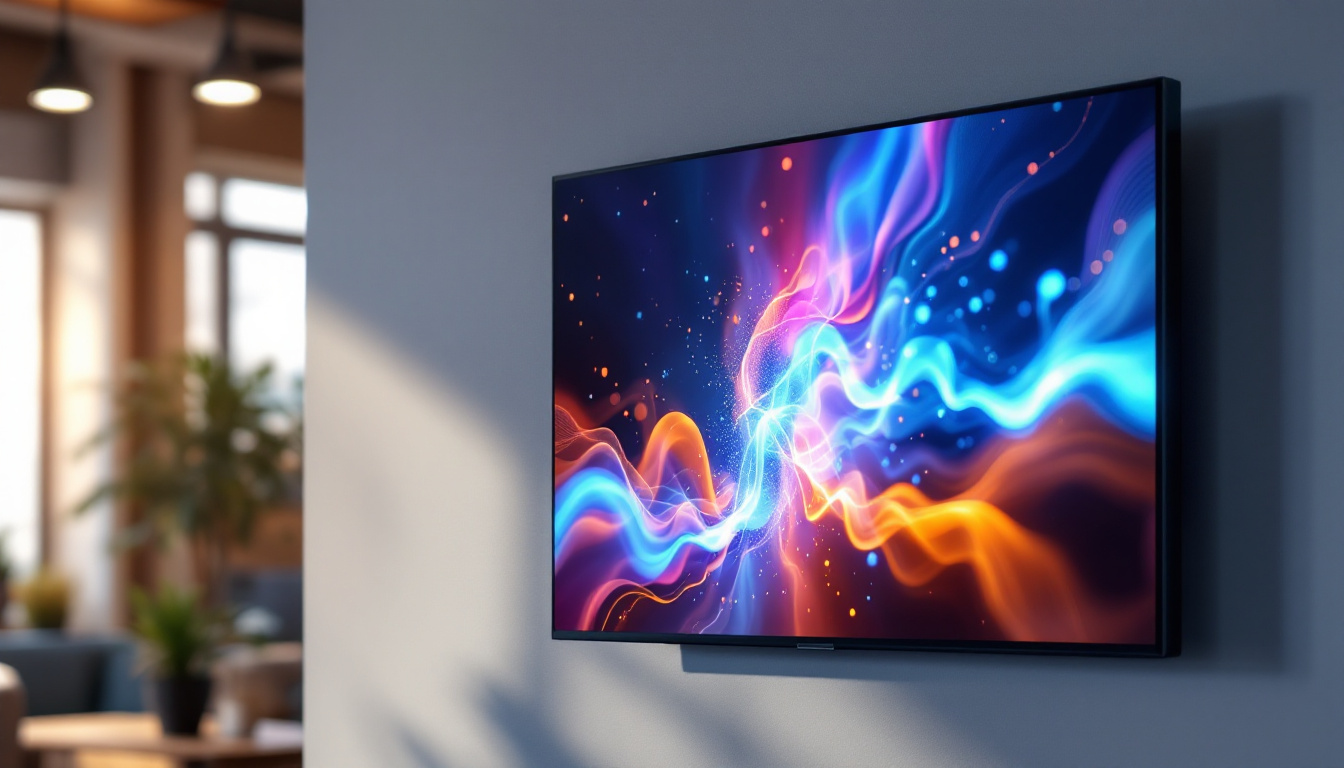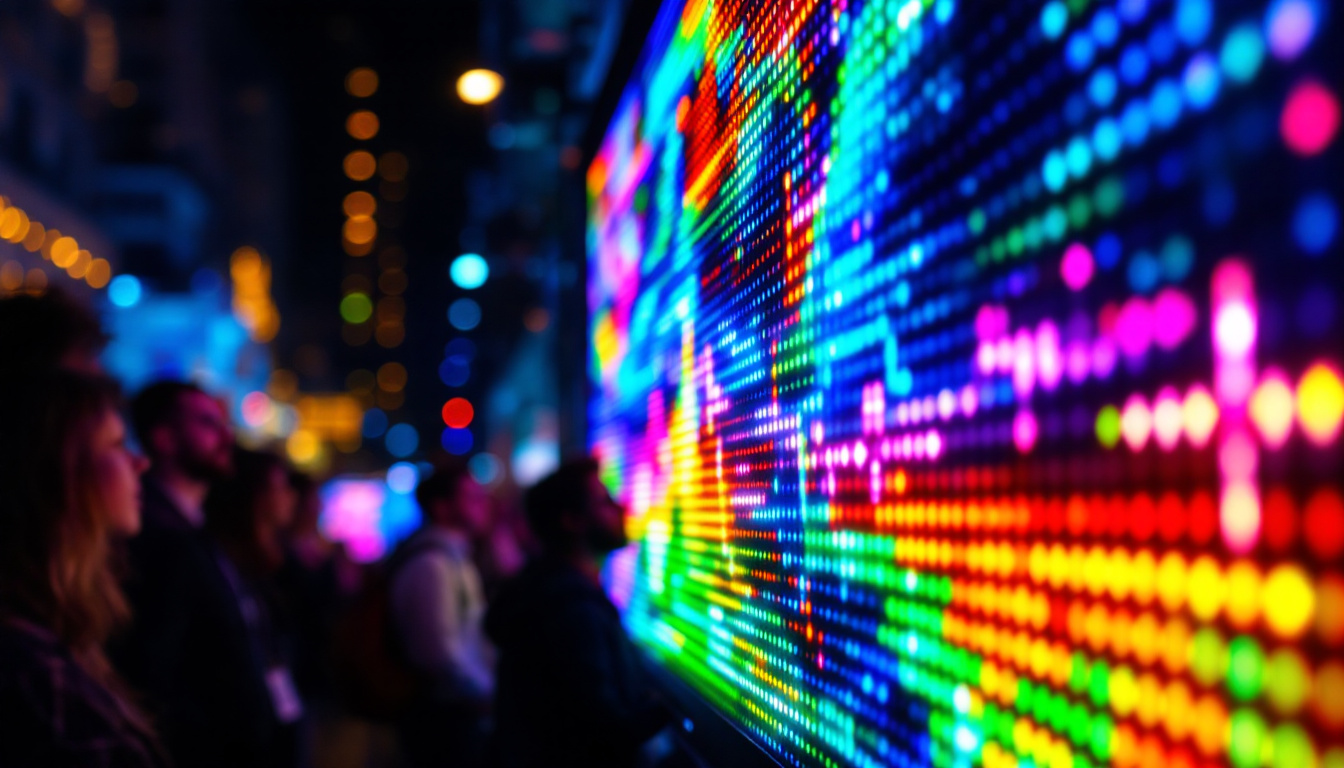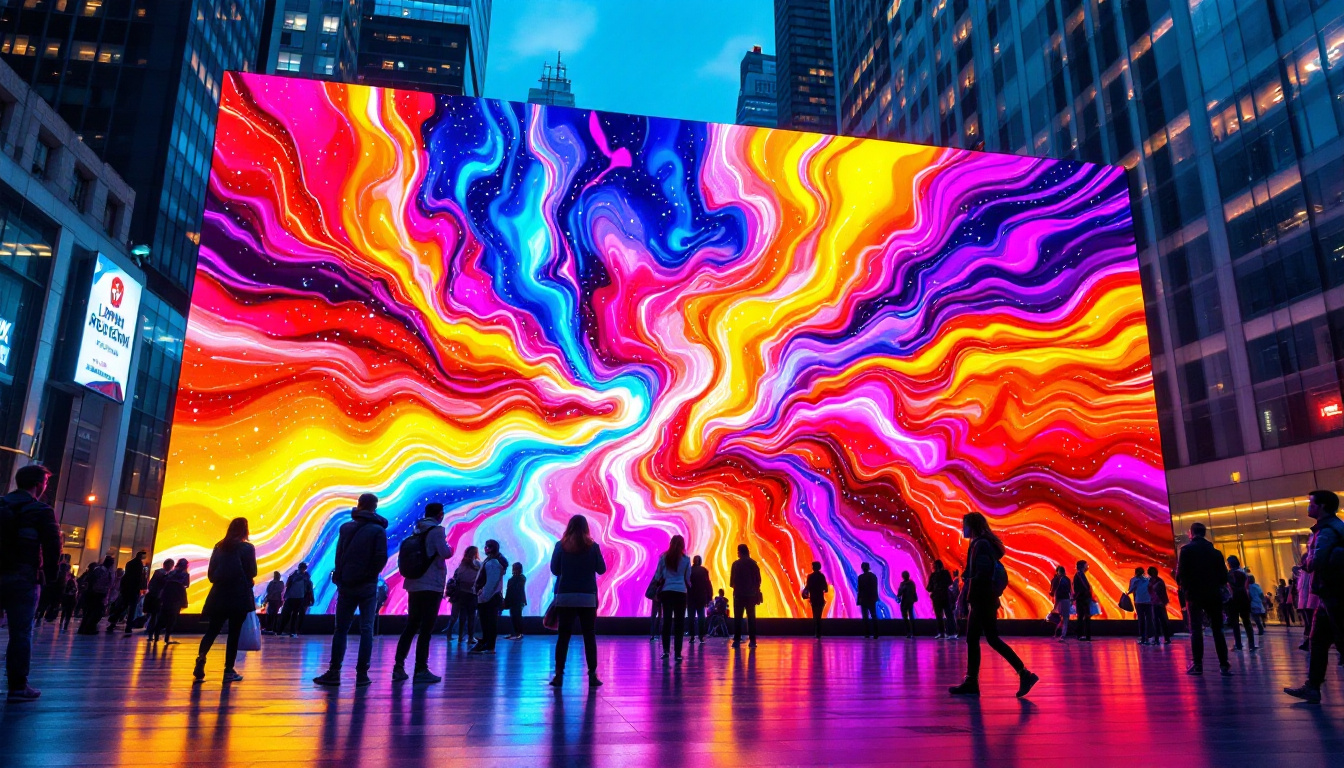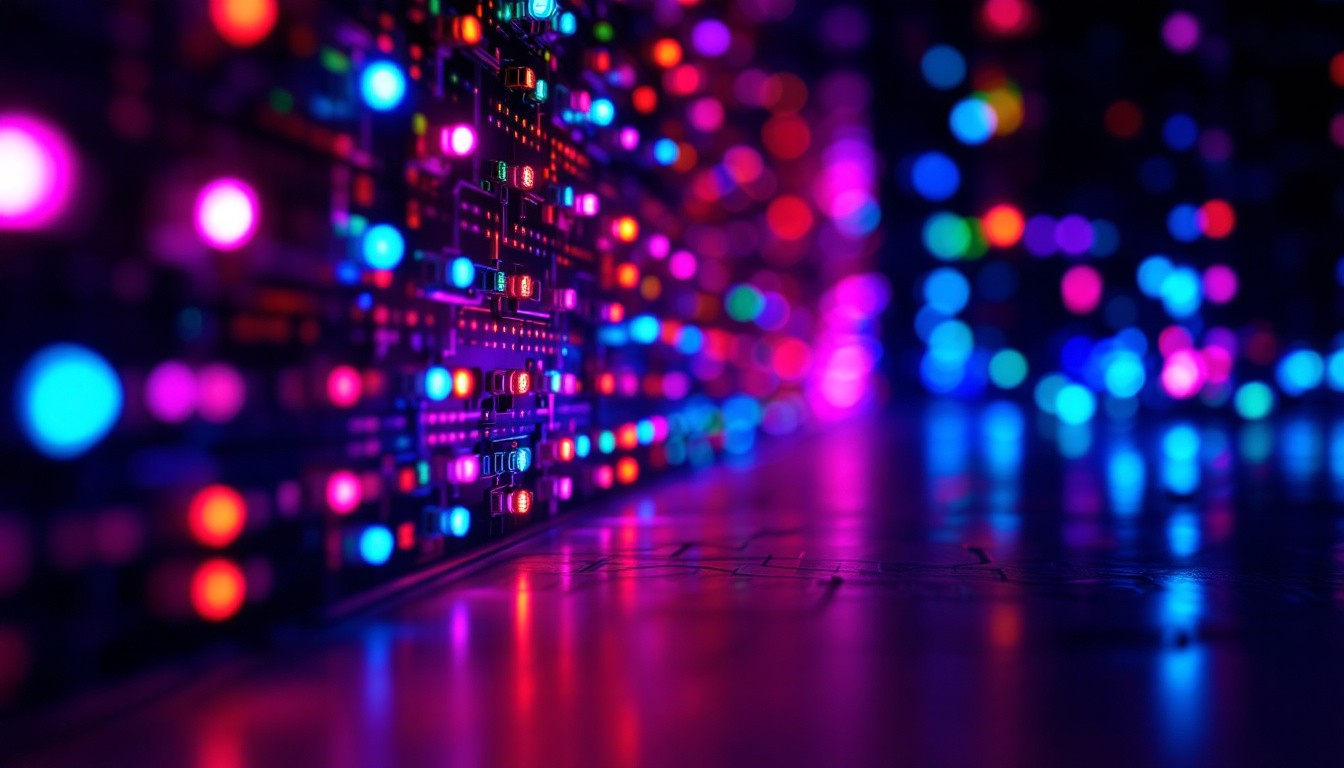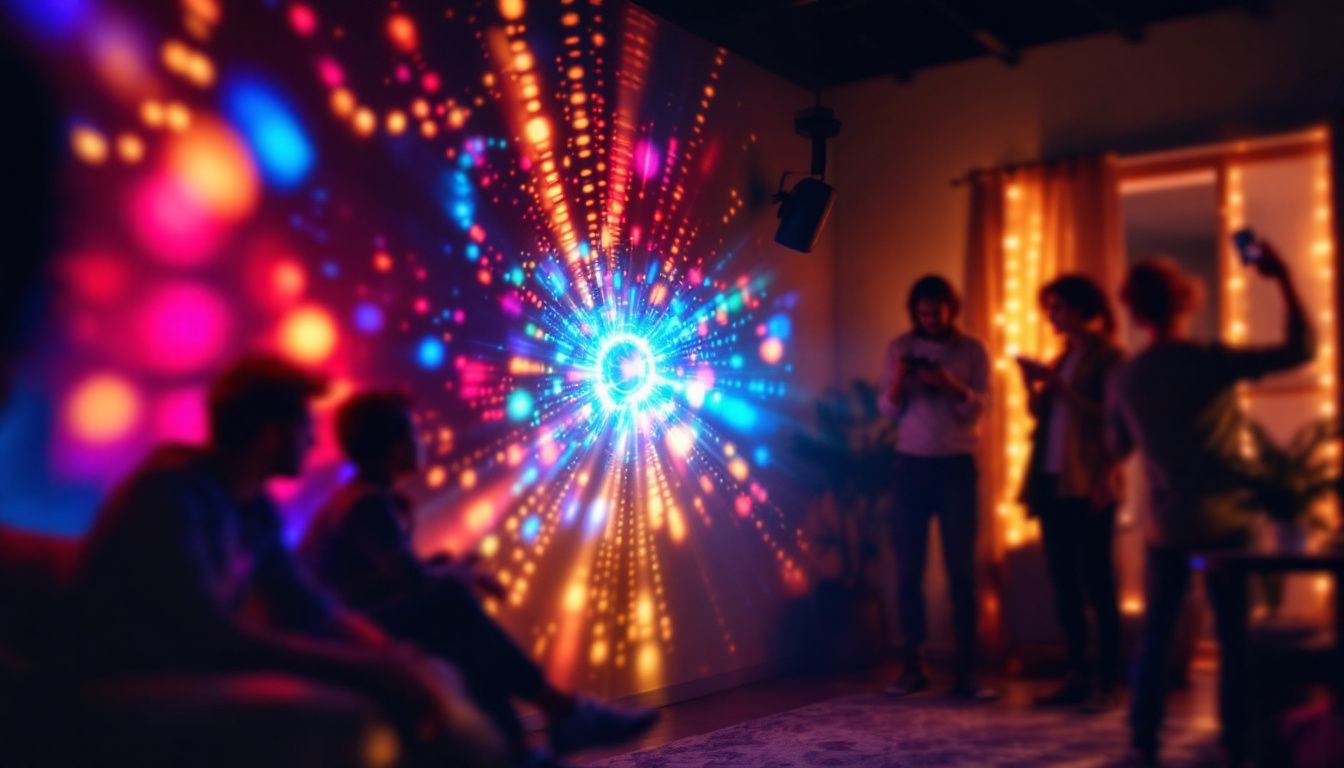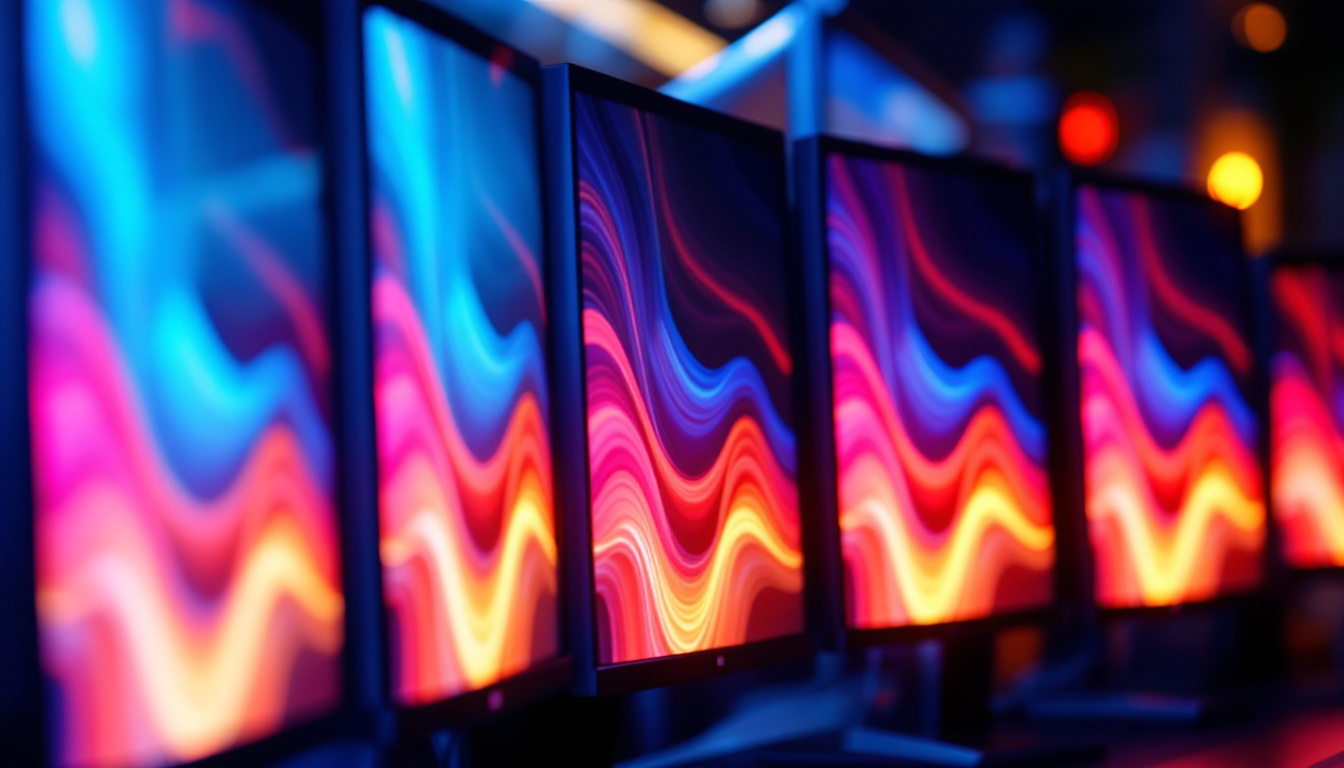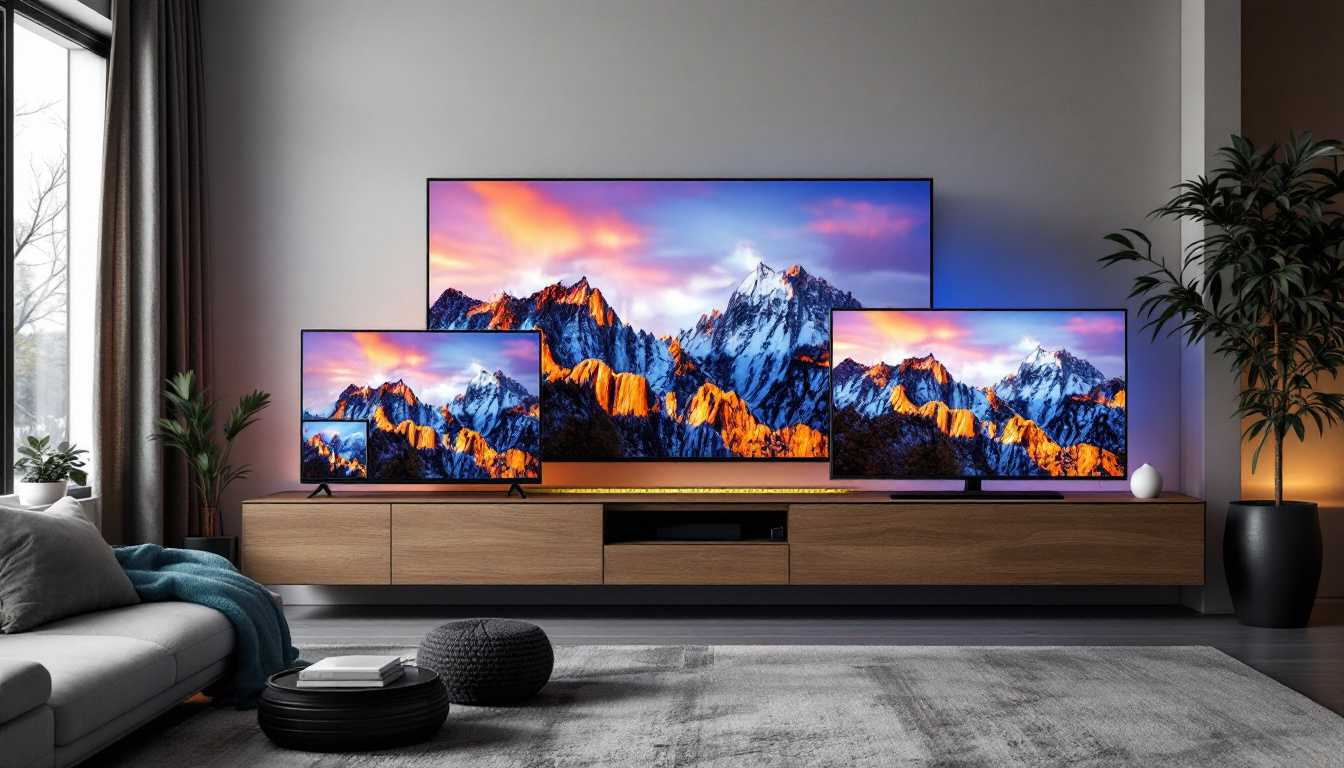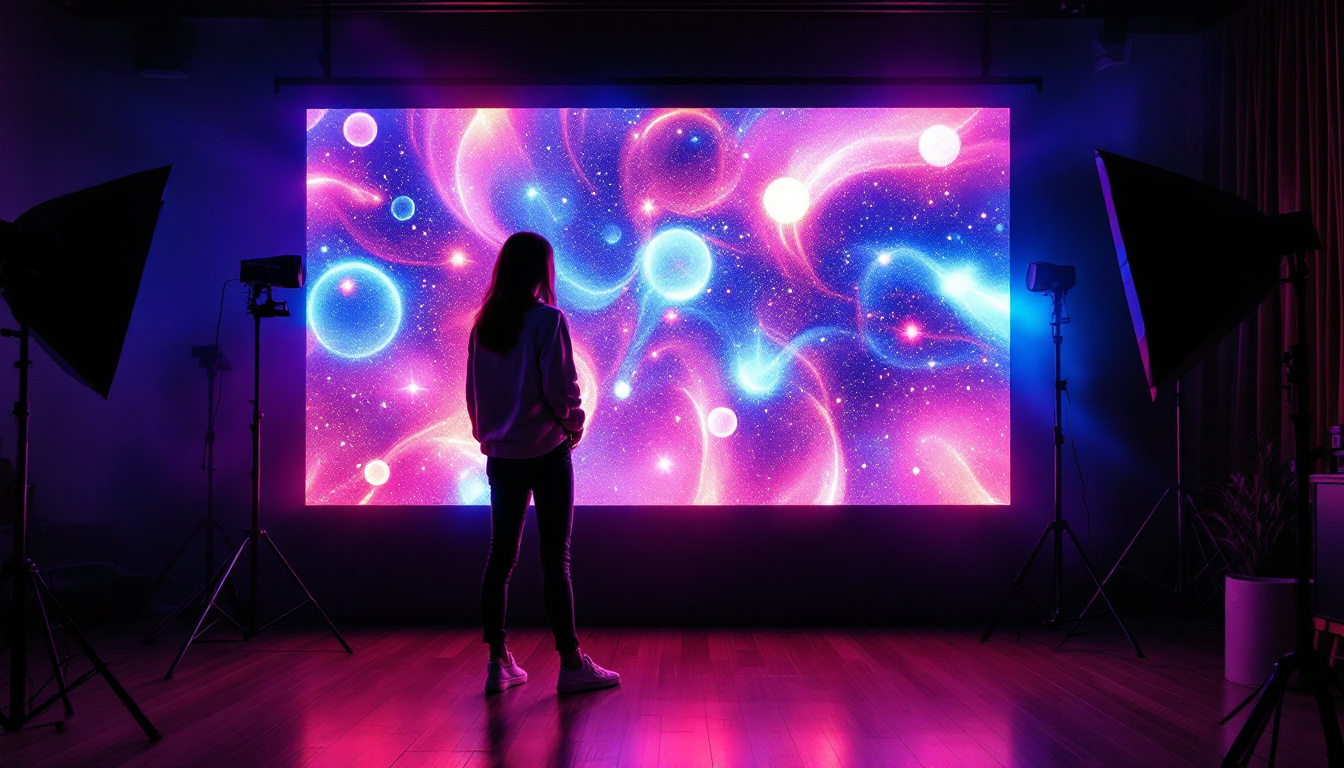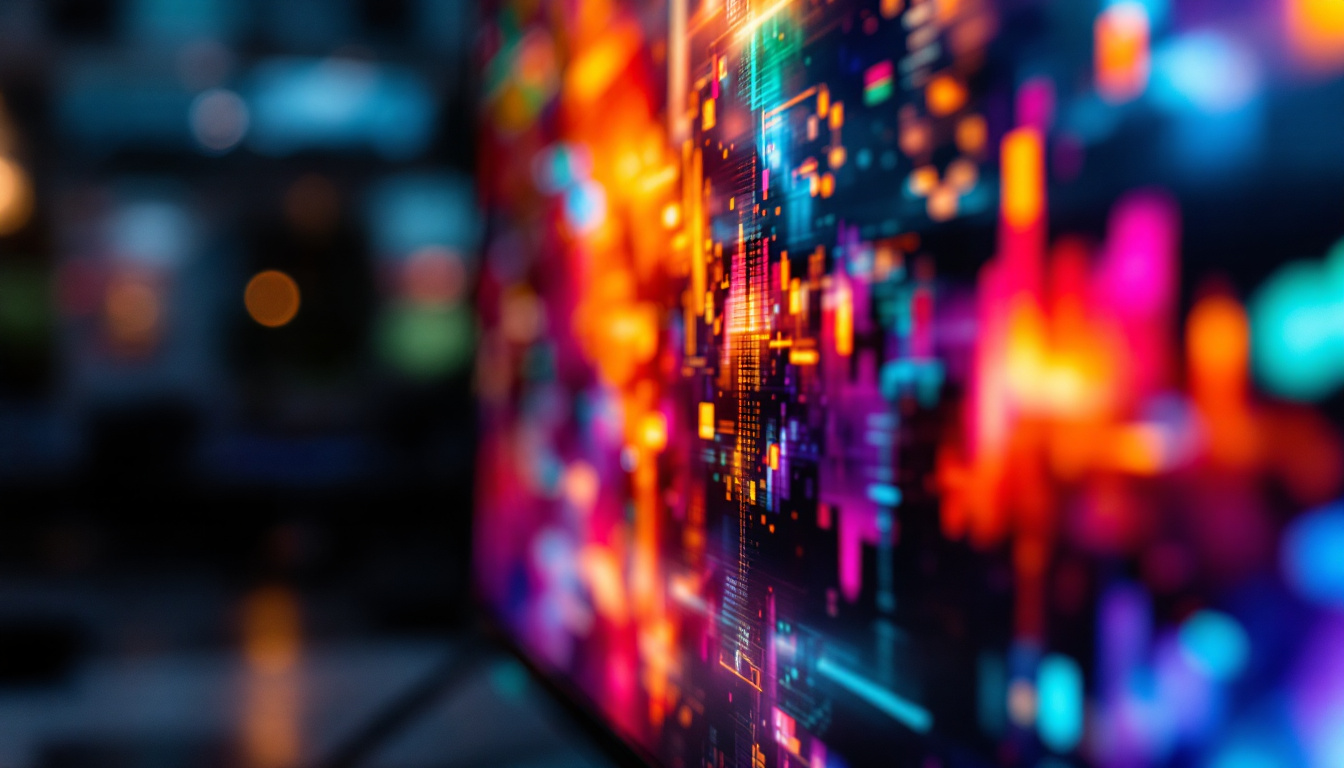In the modern world, LED displays have become ubiquitous, lighting up everything from smartphones to billboards. Understanding how these displays work, particularly in terms of brightness, is essential for consumers and professionals alike. This article delves into the nuances of brightness in LED displays, exploring the units of measurement, the technology behind LEDs, and the impact of brightness on user experience.
Understanding Brightness in LED Displays
Brightness is a critical factor in the performance of LED displays. It not only affects visibility but also influences energy consumption and color accuracy. The brightness of an LED display is typically measured in units called nits.
What Are Nits?
The term “nit” is derived from the Latin word “nitere,” which means “to shine.” One nit is defined as one candela per square meter (cd/m²). This measurement quantifies how much light is emitted from a surface in a specific direction. For LED displays, higher nit values indicate brighter screens, which can be particularly important in outdoor settings where sunlight can wash out images.
To put this into perspective, a typical LED television might have a brightness rating of around 300 to 500 nits, while high-end models can reach upwards of 1000 nits. In contrast, outdoor displays often exceed 2000 nits to ensure visibility in bright daylight.
Factors Influencing Brightness
Several factors influence the brightness of an LED display. These include the type of LED technology used, the quality of the components, and the display’s design. For instance, displays that utilize advanced technologies like Quantum Dot or OLED can achieve higher brightness levels and better color accuracy compared to standard LED displays.
Additionally, the brightness can be affected by the ambient lighting conditions. A display that performs well in a dark room may struggle in a brightly lit environment. Manufacturers often provide specifications that indicate the maximum brightness level, but real-world performance can vary based on these external factors.
Furthermore, the age and usage of the display can also play a significant role in its brightness. Over time, LED displays may experience a decrease in brightness due to factors like thermal degradation and the natural aging of components. Regular maintenance and calibration can help mitigate these effects, ensuring that the display maintains optimal performance throughout its lifespan. Moreover, advancements in LED technology, such as improved heat dissipation methods and more efficient power management systems, continue to enhance brightness capabilities, allowing for even more vibrant and dynamic visual experiences.
Another important aspect to consider is the impact of brightness on viewer comfort and health. Excessive brightness can lead to eye strain, particularly in environments where users are exposed to screens for extended periods. As a result, many modern displays incorporate adaptive brightness features that automatically adjust the screen’s luminance based on surrounding light conditions, promoting a more comfortable viewing experience while also conserving energy. This balance between brightness and viewer comfort is essential in creating displays that are not only visually striking but also user-friendly.
The Technology Behind LED Displays
LED displays utilize light-emitting diodes (LEDs) to produce images. These tiny semiconductor devices emit light when an electric current passes through them. The technology has evolved significantly over the years, leading to various types of LED displays, each with unique characteristics.
Types of LED Displays
There are several types of LED displays, including direct-lit, edge-lit, and OLED. Each type has its advantages and disadvantages, particularly concerning brightness and color reproduction.
- Direct-lit LED: In this configuration, LEDs are placed directly behind the screen, providing uniform brightness and better contrast. This type is often used in larger displays, such as televisions and commercial screens.
- Edge-lit LED: Here, LEDs are positioned along the edges of the display. This design allows for thinner screens but can lead to uneven brightness and color accuracy issues.
- OLED (Organic LED): OLED technology uses organic compounds that emit light when electricity is applied. This type of display offers superior contrast and color accuracy, as each pixel can be turned on or off independently, resulting in true blacks and vibrant colors.
How Brightness is Achieved
Brightness in LED displays is achieved through a combination of factors, including the number of LEDs, their arrangement, and the quality of the materials used. Manufacturers often employ techniques such as local dimming, where specific areas of the display can be dimmed or brightened independently to enhance contrast and improve overall image quality.
Furthermore, the use of advanced optics and diffusers can help distribute light more evenly across the screen, contributing to a brighter and more visually appealing display. These innovations have made it possible for LED displays to achieve unprecedented brightness levels while maintaining energy efficiency.
Measuring Brightness: Standards and Guidelines
With various units of measurement and standards in place, understanding how brightness is quantified can be complex. Different industries may use different metrics, but the nit remains the most widely accepted unit for measuring display brightness.
Industry Standards
Organizations such as the International Telecommunication Union (ITU) and the Society of Motion Picture and Television Engineers (SMPTE) have established guidelines for measuring and reporting brightness in displays. These standards help ensure consistency and accuracy across different types of displays and manufacturers.
For example, the ITU-R BT.2390 standard provides a framework for measuring the peak brightness of displays, which is crucial for evaluating performance in various viewing conditions. Adhering to these standards allows consumers to make informed decisions when selecting displays for their needs.
Comparing Brightness Across Displays
When comparing brightness levels across different displays, it is essential to consider not only the nit rating but also other factors such as color accuracy, contrast ratio, and viewing angles. A display with a high nit rating may not necessarily provide the best viewing experience if it suffers from poor color reproduction or limited viewing angles.
Additionally, the context in which the display will be used plays a significant role. For instance, a display intended for outdoor use must have a higher brightness rating to counteract ambient light, while a display for indoor use may prioritize color accuracy and contrast over sheer brightness.
The Impact of Brightness on User Experience
Brightness significantly influences user experience, affecting everything from visibility to color perception. A well-calibrated display with appropriate brightness levels can enhance viewing comfort and reduce eye strain.
Visibility and Readability
Brightness directly impacts the visibility of content on a display. In environments with high ambient light, such as outdoors or in brightly lit rooms, a higher brightness level is essential to ensure that text and images are clear and readable. Conversely, in darker environments, overly bright displays can cause discomfort and eye strain.
To optimize visibility, many devices come equipped with adaptive brightness features that automatically adjust the screen’s brightness based on surrounding light conditions. This functionality not only enhances user experience but also helps conserve battery life in portable devices.
Color Perception and Accuracy
Brightness also plays a crucial role in color perception. Displays with higher brightness levels can produce more vibrant colors, enhancing the overall visual experience. However, it is essential to balance brightness with color accuracy. A display that is too bright may distort colors, leading to an unrealistic representation of images.
To achieve optimal color accuracy, manufacturers often calibrate displays to ensure that brightness levels do not compromise color fidelity. This calibration process is particularly important for professionals in fields such as graphic design and photography, where accurate color representation is paramount.
Future Trends in LED Display Brightness
The future of LED display technology is promising, with ongoing advancements aimed at improving brightness, efficiency, and overall performance. As technology evolves, several trends are emerging that will shape the future of LED displays.
MicroLED Technology
MicroLED is an emerging technology that promises to revolutionize the display industry. Unlike traditional LED displays, which use larger diodes, MicroLED utilizes tiny individual LEDs to create images. This technology allows for higher brightness levels, improved contrast, and greater energy efficiency.
MicroLED displays also offer the potential for seamless scalability, enabling manufacturers to create displays of any size without compromising quality. As this technology matures, it is expected to become a significant player in both consumer and commercial markets.
Enhanced Energy Efficiency
As concerns about energy consumption and environmental impact grow, manufacturers are increasingly focusing on developing energy-efficient LED displays. Innovations in LED technology, such as improved driver circuits and advanced dimming techniques, are helping to reduce power consumption while maintaining high brightness levels.
These advancements not only benefit the environment but also lead to cost savings for consumers and businesses alike. As energy-efficient displays become more prevalent, they will play a crucial role in promoting sustainability within the industry.
Conclusion
Brightness is a fundamental aspect of LED displays that significantly impacts performance and user experience. Understanding the units of measurement, the technology behind LED displays, and the factors influencing brightness is essential for making informed decisions when selecting displays for various applications.
As technology continues to evolve, the future of LED displays looks bright, with innovations such as MicroLED and enhanced energy efficiency paving the way for even better performance. Whether for personal use or professional applications, the importance of brightness in LED displays cannot be overstated, making it a critical consideration for anyone involved in the display industry.
In summary, as LED technology advances, consumers can expect displays that not only offer superior brightness but also enhance color accuracy and energy efficiency, ultimately leading to a more enjoyable viewing experience.
Illuminate Your Space with LumenMatrix
Ready to experience the pinnacle of LED display technology? LumenMatrix is at the forefront of innovation, offering a diverse range of LED display solutions tailored to your needs. From vibrant Indoor LED Walls to dynamic Outdoor LED Displays, and even specialized options like Vehicle and Sports Displays, LumenMatrix has the tools to transform your visual communication. Elevate your brand visibility and captivate your audience with our cutting-edge displays. Check out LumenMatrix LED Display Solutions today and step into the future of brilliant, energy-efficient visual storytelling.


